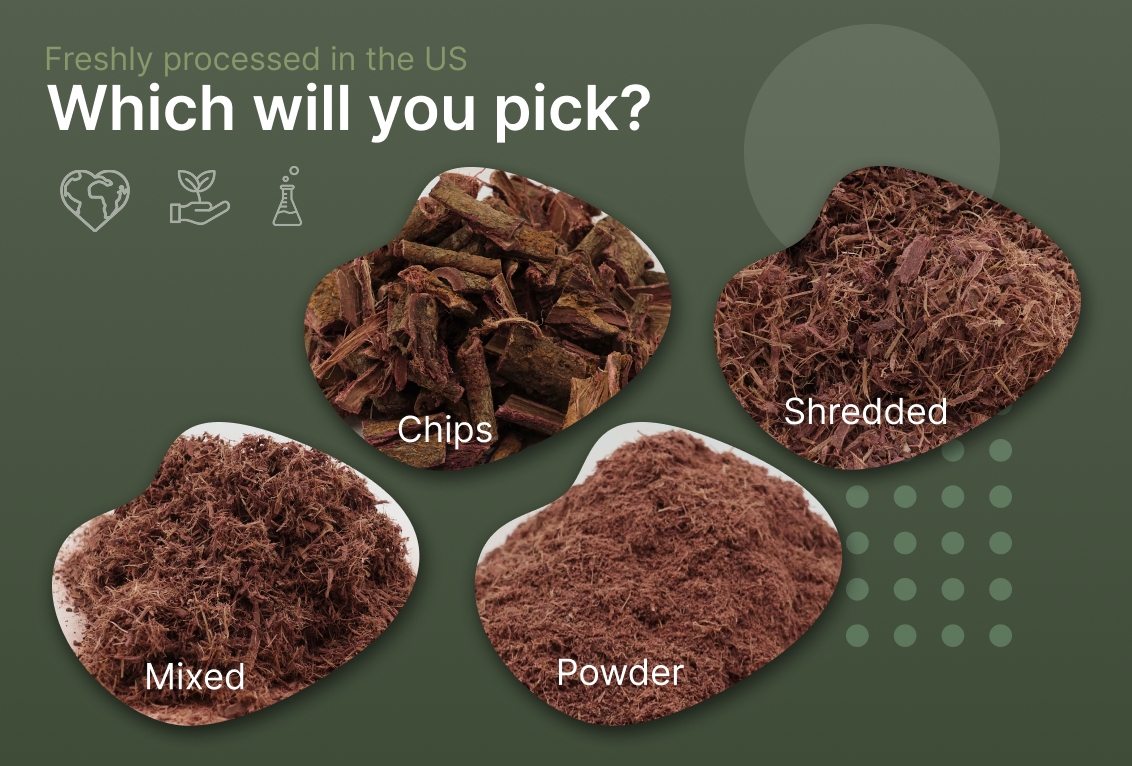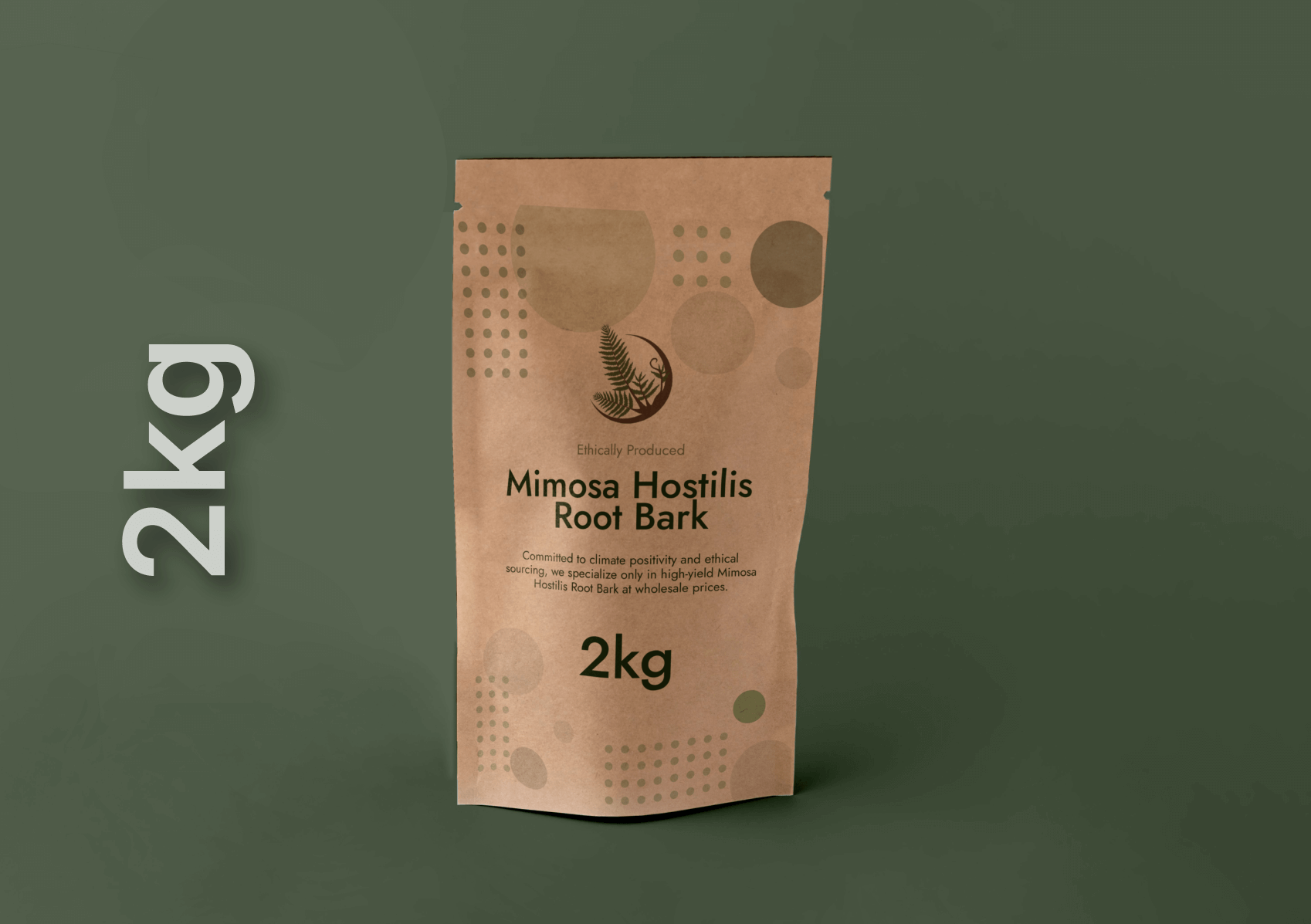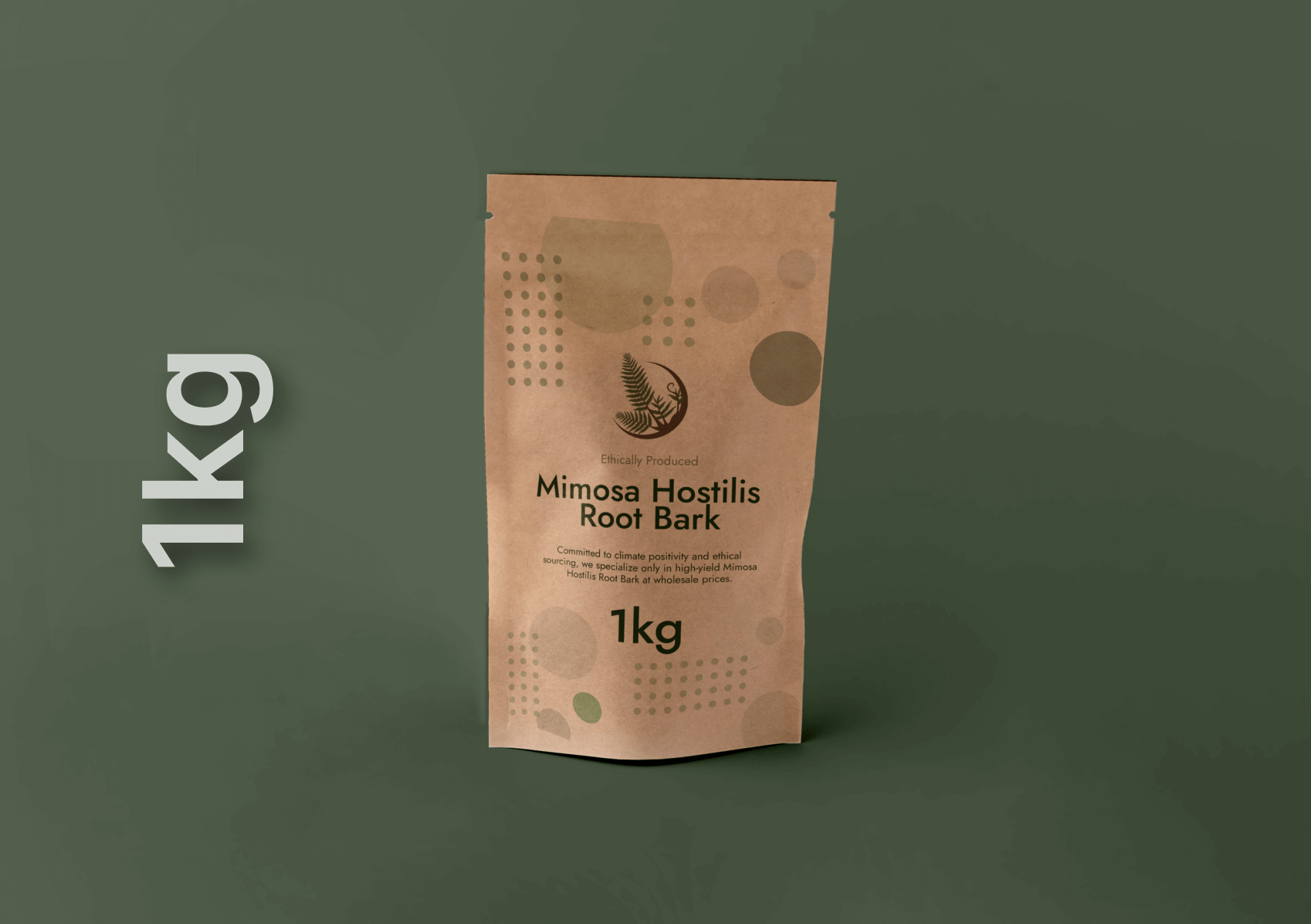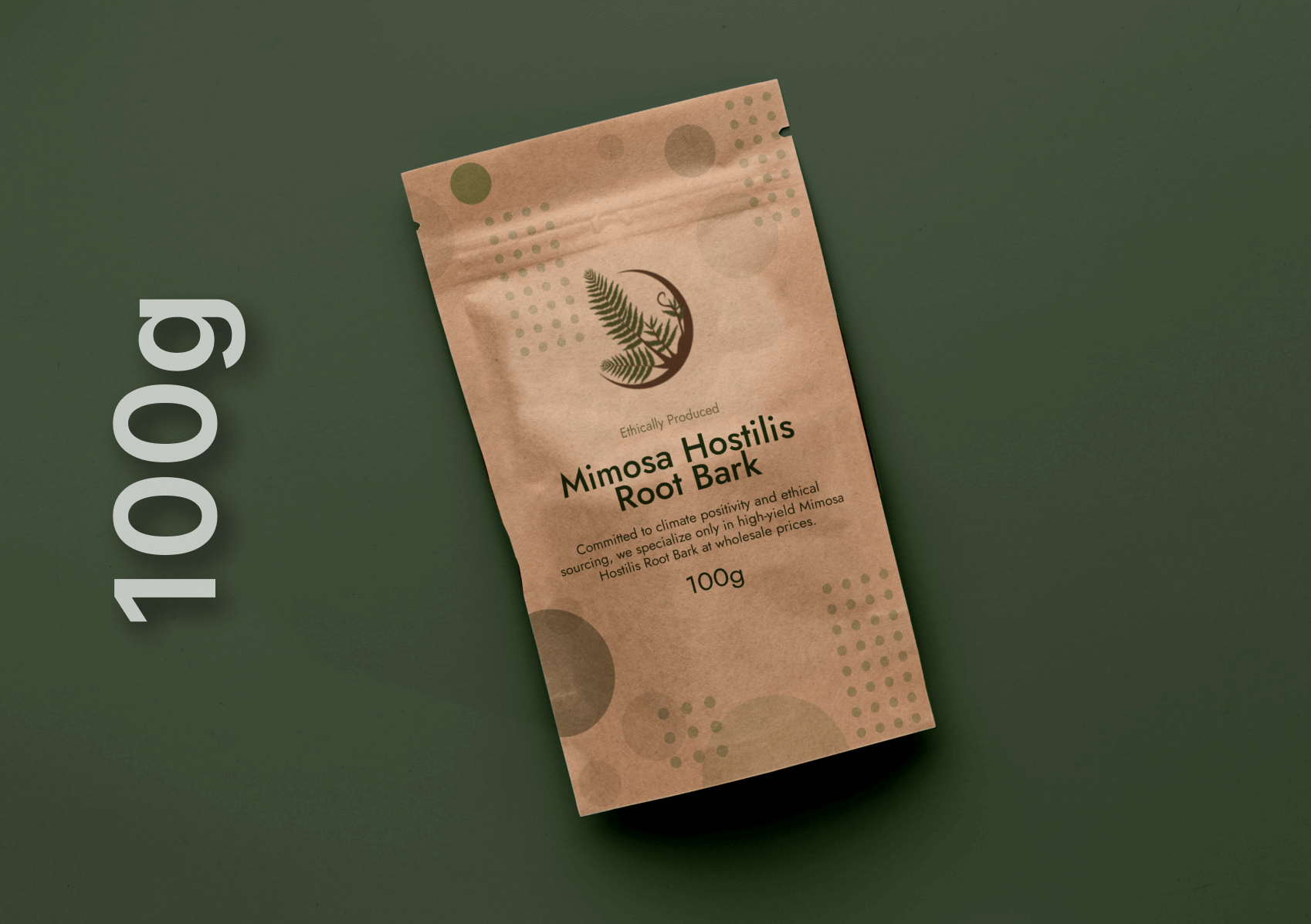Mimosa hostilis, also known as Mimosa tenuiflora, is a perennial tree native to northeastern Brazil and parts of Mexico. Indigenous communities have used the root bark of Mimosa hostilis for generations in sacred and medicinal contexts. Known for its vivid spiritual properties, the plant contains compounds that are believed to bridge physical and spiritual realms, making it a revered element in shamanic rituals.
The Sacred Role of Mimosa Hostilis in Indigenous Shamanism
A Gateway to Altered States of Consciousness
In traditional Amazonian shamanism, Mimosa hostilis is often prepared in ayahuasca-style brews or as an admixture with other entheogens. The bark contains N,N-Dimethyltryptamine (DMT), a potent psychoactive compound known to induce vivid visions, ego dissolution, and intense introspective experiences. Shamans administer these brews in ceremonial settings to guide participants through spiritual healing, trauma release, and inner exploration.
The Role of the Shaman in Mimosa-Based Ceremonies
In tribal rituals, the shaman acts as a healer, guide, and interpreter. During the ceremony, participants ingest Mimosa hostilis under the shaman’s supervision. The visionary states induced by the bark allow the shaman to diagnose illnesses not just of the body, but also of the spirit. Many emotional or energetic blockages are believed to be removed through these journeys, leading to profound healing.
Phytochemical Composition: Why Mimosa Hostilis Is Spiritually Potent
DMT: The Spirit Molecule
The root bark of Mimosa hostilis contains high concentrations of DMT, which is chemically similar to endogenous substances produced in the human brain, such as serotonin and melatonin. This similarity is believed to be why DMT facilitates access to mystical or otherworldly experiences, allowing users to traverse spiritual dimensions during shamanic ceremonies.
Tannins, Flavonoids, and Healing Properties
In addition to DMT, Mimosa hostilis also contains tannins, flavonoids, and alkaloids, which are traditionally used for antibacterial, antifungal, and regenerative purposes. These compounds make the bark valuable for wound care, skin infections, and tissue repair, but in a shamanic context, they are also believed to assist in spiritual detoxification and energy balancing.
Spiritual Symbolism and Indigenous Beliefs Around Mimosa Hostilis
The Tree of Light and Ancestral Knowledge
For many indigenous groups, Mimosa hostilis is not merely a plant but a sacred entity or spirit teacher. It is often referred to as the “Tree of Light” or “Teacher Plant” in native mythology. The visions it induces are seen as messages from ancestors, spirits, or nature deities. Shamans believe that each journey with the plant unveils a layer of the self and strengthens the bond between human consciousness and the natural world.
Connecting to the Spirit World and Healing Through Vision
Mimosa hostilis is thought to open the Ajna chakra (third eye) and foster communion with spiritual guides. The visual and auditory hallucinations reported during ceremonies are interpreted not as illusions but as messages from the spirit realm. The experience often results in emotional catharsis, forgiveness, and a reawakening of spiritual purpose.
Shamanic Healing and the Psychological Impacts of Mimosa Hostilis
Trauma Release and Emotional Cleansing
One of the primary uses of Mimosa hostilis in healing rituals is the processing and purging of trauma. The plant is said to allow the participant to relive repressed experiences, confront fears, and release stored emotional pain. This cathartic release is considered essential for both physical health and spiritual evolution.
Integration and Rebirth
After the intense inner journey, shamans emphasize the importance of integration—the process of applying insights and emotional revelations to daily life. Participants often report a sense of rebirth, clarity, and inner peace in the weeks following the ritual. Mimosa hostilis is thus more than a hallucinogen; it is a tool for inner transformation and long-term psychological healing.
Modern Rediscovery: Why Mimosa Hostilis Attracts Global Interest
Rising Interest in Plant Medicine and Psychedelic Therapy
With the resurgence of interest in psychedelic-assisted therapy, Mimosa hostilis is gaining attention in Western circles. Although its use is still largely underground due to regulatory restrictions, some researchers and psychonauts regard it as a natural alternative to synthetic psychedelics like LSD or MDMA, with potentially fewer side effects and deeper spiritual implications.
Scientific Research and the Legitimization of Traditional Knowledge
Modern science is beginning to validate what shamans have known for centuries. Research on DMT’s neurological effects reveals its potential for treating PTSD, depression, and addiction. While clinical trials remain limited, the therapeutic value of Mimosa hostilis is gaining recognition, and discussions about its cultural, medicinal, and spiritual significance are expanding.
Ethical and Sustainable Use of Mimosa Hostilis
The Need for Cultural Respect and Reciprocity
As demand for Mimosa hostilis root bark increases globally, ethical considerations arise. It is crucial to honor the indigenous wisdom and cultural context in which the plant has thrived. Appropriation without respect for the original traditions can lead to loss of sacred knowledge and environmental degradation.
Conservation and Sustainable Harvesting
Sustainable sourcing is imperative to prevent overharvesting and ecological damage. Ethical suppliers ensure that the bark is harvested without killing the tree, and that local communities benefit economically and culturally. Supporting such practices protects the integrity of the plant and its traditions for future generations.
Conclusion: Mimosa Hostilis as a Bridge Between Worlds
Mimosa hostilis stands at the crossroads of ancient spirituality and modern healing. Its use in shamanic ceremonies reflects a profound understanding of the interconnectedness of body, mind, and spirit. As interest in natural healing and entheogenic therapy grows, Mimosa hostilis offers a potent and respectful path toward emotional liberation, spiritual clarity, and ancestral connection. Used with intention, humility, and guidance, it remains one of the most powerful teacher plants in the world.
Frequently Asked Questions
What is Mimosa hostilis used for in shamanic healing?
Mimosa hostilis is used to facilitate deep spiritual experiences, emotional healing, and visionary journeys. Shamans use it to help participants release trauma, receive guidance, and connect with ancestral wisdom.
Is Mimosa hostilis psychoactive on its own?
Yes, the root bark contains DMT, a powerful psychoactive substance. However, for it to be active orally, it is usually combined with MAO inhibitors, such as in ayahuasca-like brews.
Is Mimosa hostilis legal?
The legality of Mimosa hostilis varies by country. While the plant itself may be legal in some areas, extracting or consuming DMT is often regulated or prohibited. Always check local laws before obtaining or using it.
What are the spiritual effects of using Mimosa hostilis?
Users often report visions, intense introspection, spiritual awakening, and emotional purging. Many describe feelings of unity, ego dissolution, and profound insight into their lives.
Can Mimosa hostilis be used without a shaman?
While some people use it independently, it is strongly recommended to participate under the guidance of an experienced shaman or facilitator, especially for those unfamiliar with altered states or plant medicine ceremonies.
What’s the difference between Mimosa hostilis and ayahuasca?
When used responsibly and with proper preparation, many find Mimosa hostilis to be safe. However, it is a powerful entheogen and can cause psychological distress or adverse reactions if used recklessly or without supervision.
How do shamans prepare Mimosa hostilis for ceremonies?
The root bark is typically boiled in water with MAO inhibitors, such as Syrian Rue or Banisteriopsis caapi, to create a visionary brew. The preparation process is sacred and handled with great care.




